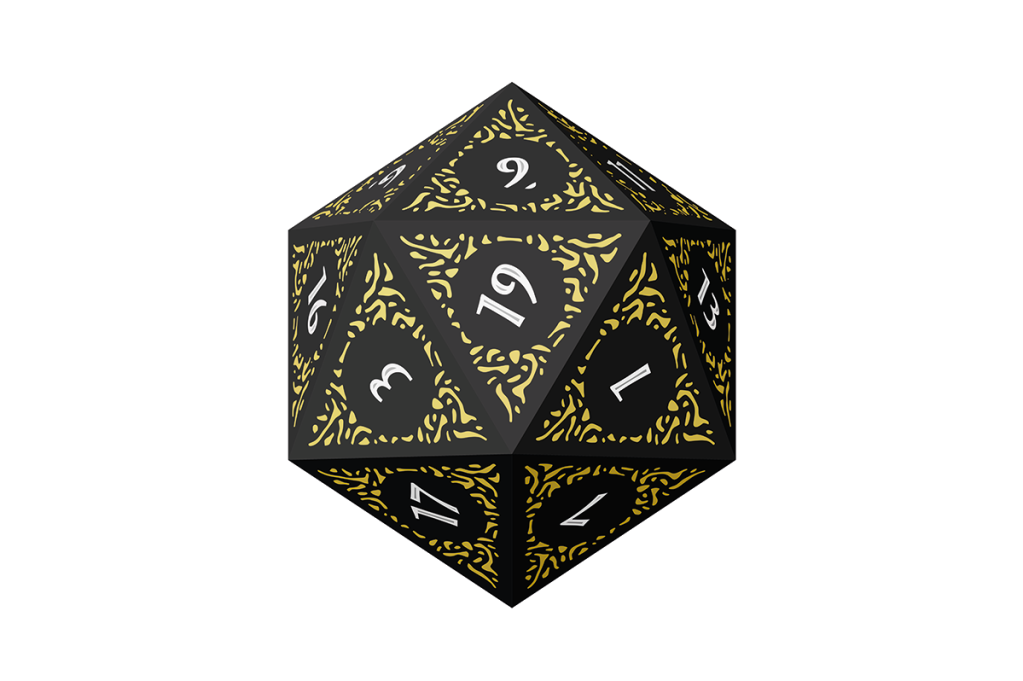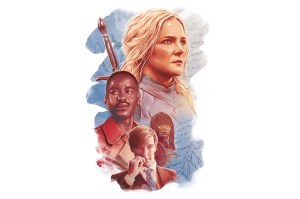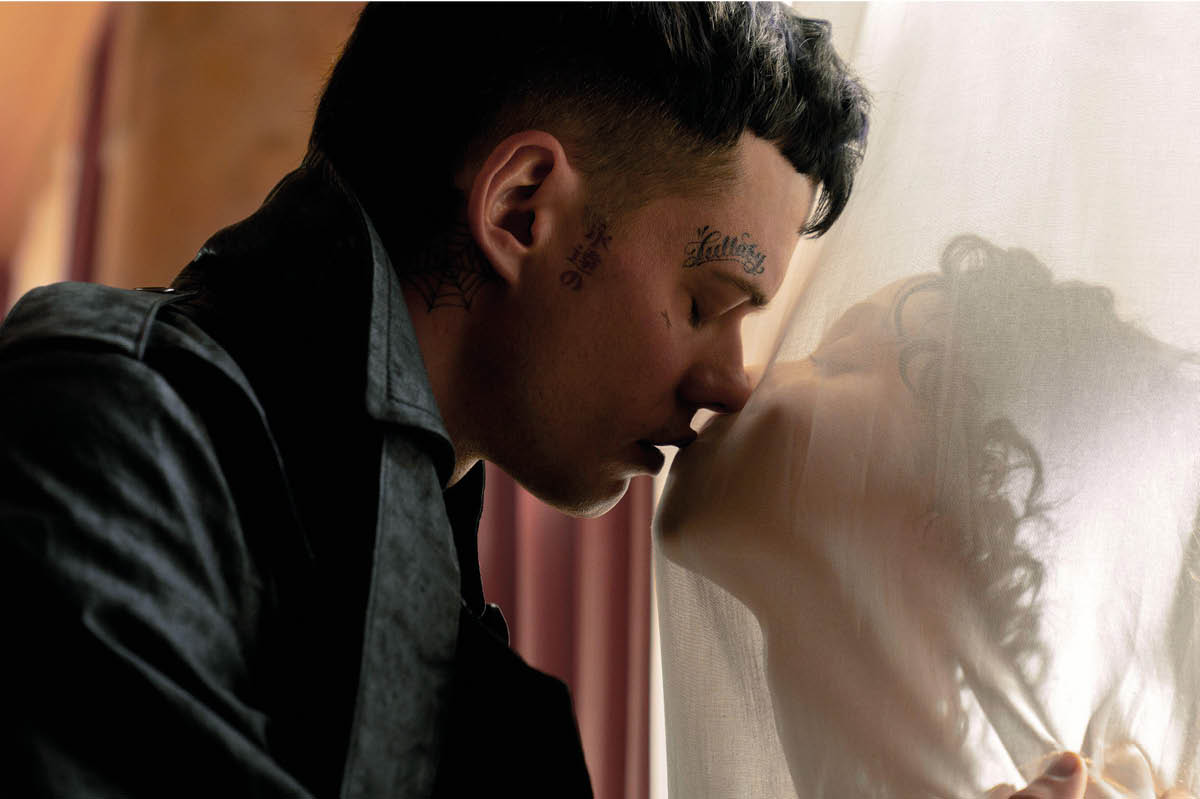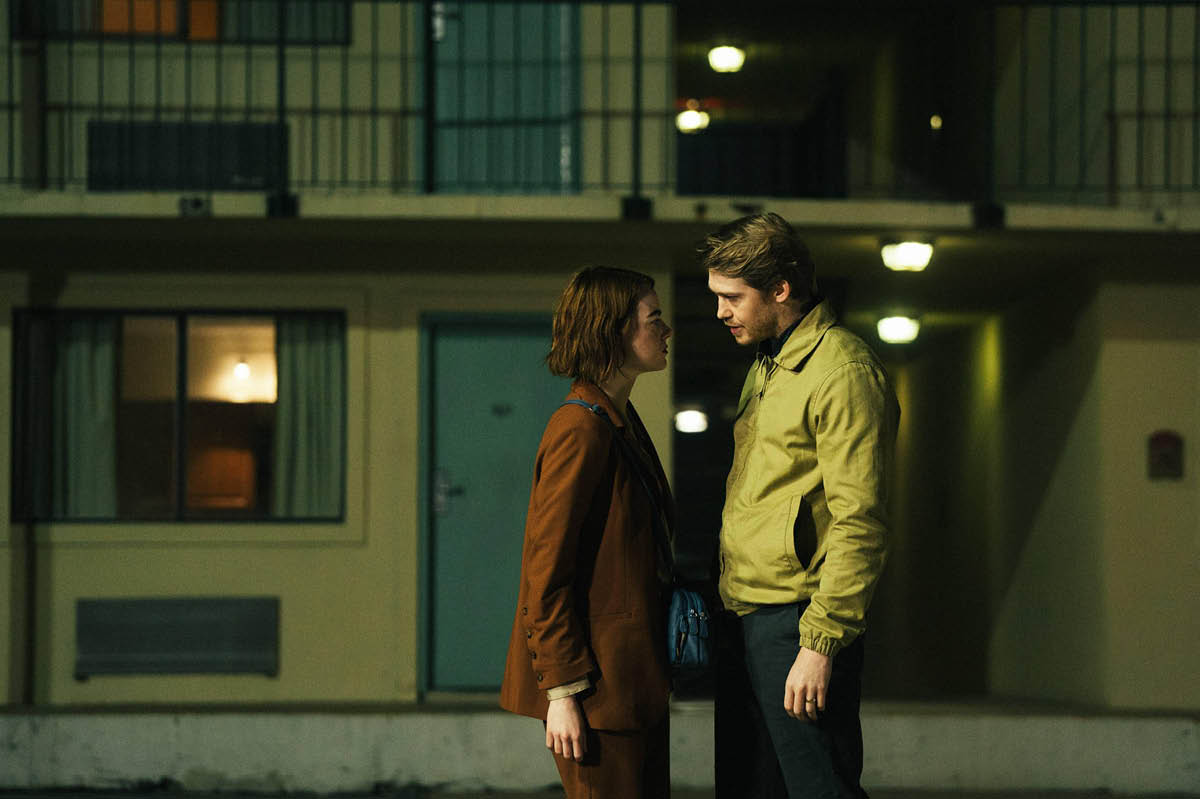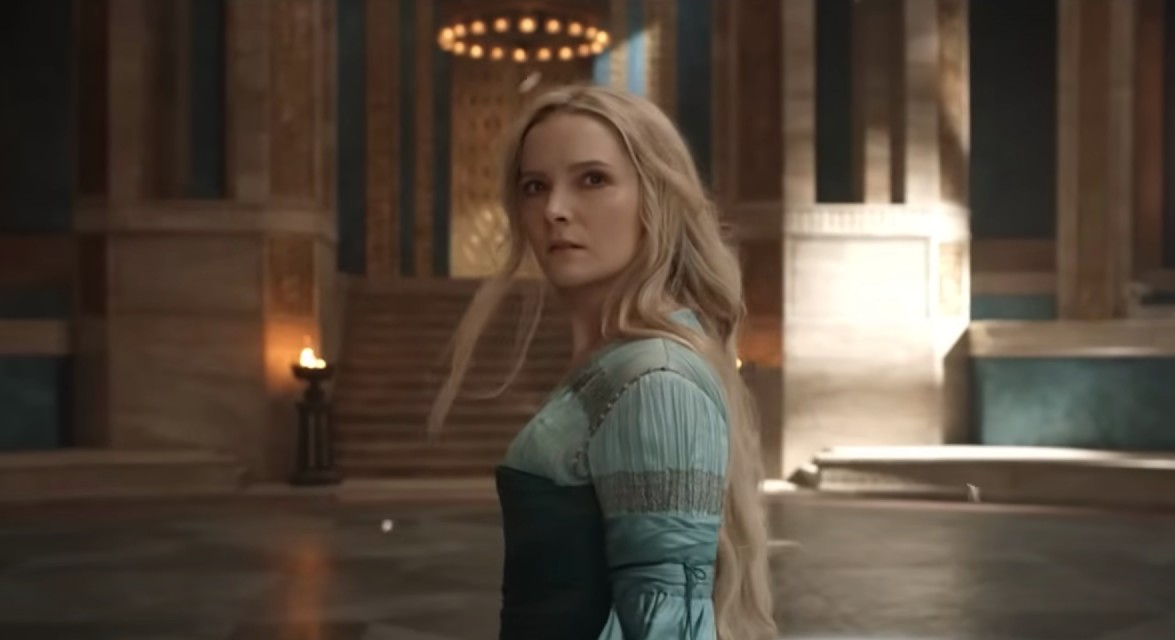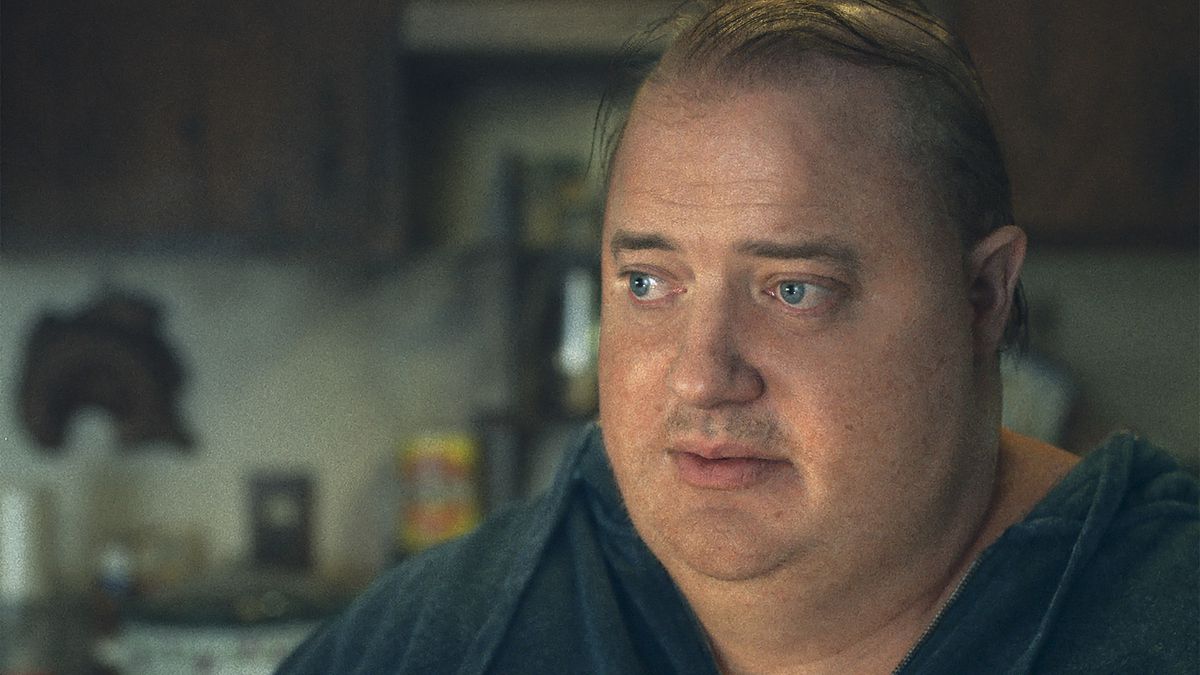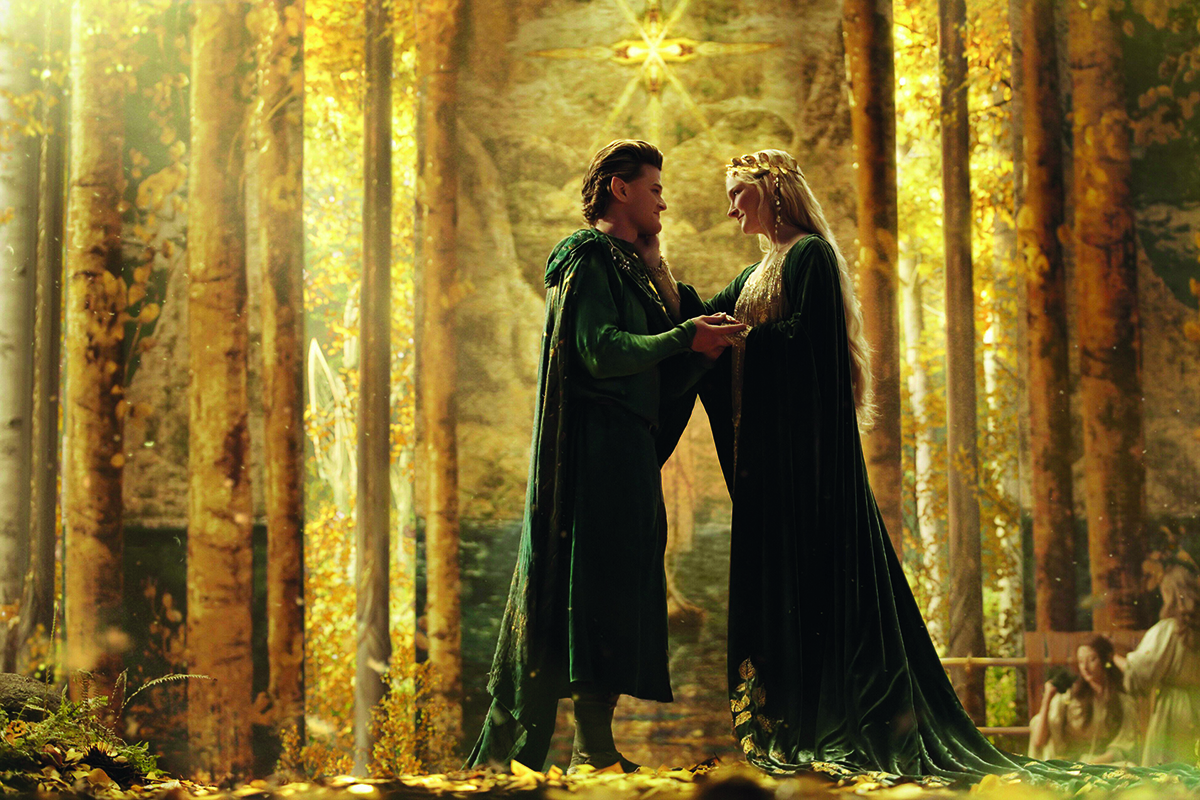You are stranded in the middle of an unforgiving desert, and must take refuge from a sandstorm before your Hit Points deplete any further. You find a rock outcropping — after a successful Perception check, a false wall reveals a sprawling cavern. Inside is a long-lost tomb. There are markings: could this be the dreaded Dark Speech of that necromancy cult the innkeeper kept warning you about? You have no idea, sadly. You spent your downtime trying to seduce the elven serving wench instead of reading the innkeeper’s copy of Desert Cults: Their Languages. Trying and failing, mind you — as a dwarven paladin, your Charisma score just wasn’t up to the job.
No idea what I’m going on about? Count yourself among an ever-shrinking minority. Dungeons & Dragons, the tabletop role-playing fantasy adventure game from the 1970s, has been enjoying a surprising resurgence in the last few years. Actor Joe Manganiello plays it, as does Stephen Colbert. The Stranger Things kids play it. Some groups stream their games online, even semi-professionally: the “Critical Role” web series is viewed by millions and is one of the top earners on Twitch. D&D is frequently referenced in pop culture — a well-received episode of NBC’s Community depicted one long gaming session. Netflix and Hulu recently removed the episode from their archives; they found it problematic that Ken Jeong’s character wore blackface make-up to portray an evil elf.
While D&D was once the target of criticism from social conservatives who thought it was encouraging kids to worship Satan, today it’s woke liberals who are fretting. In December, D&D bowed to pressure to eliminate “race” as a category for player archetypes, replacing it with “species.” “Dungeons & Dragons has a history of evolving to meet the needs of our players and foster an inviting space for everyone,” said Wizards of the Coast, the game’s publisher. “Dragons and elves belong in our world, and so do you.”
One of the selling points of D&D is that players don’t really have to follow any of the official rules. Sure, the occasional hardcore group rigorously adheres to the Dungeon Guide; you will be unsurprised to learn that these groups’ meetings often devolve into hours of bickering over semantics. (Yes, your paladin can cast both Thunderous Smite and Divine Smite on the same turn once he’s reached level two.) But these days, most D&D players show up for the collaborative storytelling experience. It’s sort of like improv with guidance from a director (the Dungeon Master) who’s working off an unfinished script. The players are on the same team (usually) and must solve puzzles, talk their way out of difficult situations and occasionally battle a villain — like the necromancer who has been waiting so patiently for desert explorers to visit his tomb.
If you haven’t tried it, you’re missing out. The excuse that high fantasy is for nerds or antisocial weirdos doesn’t hold water anymore — not in the era of House of the Dragon and The Lord of the Rings: The Rings of Power. There’s even going to be a D&D movie later this year starring Chris Pine.
Time to join the fun!
This article was originally published in The Spectator’s February 2023 World edition.



